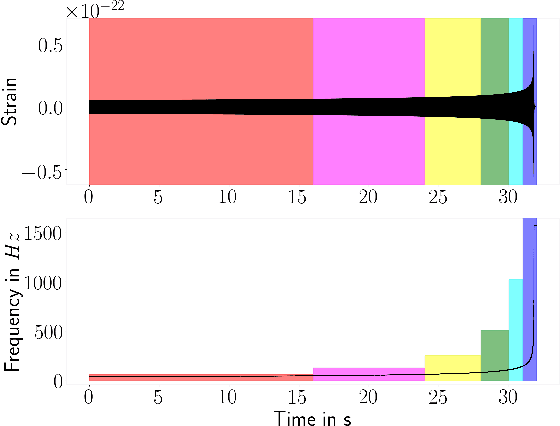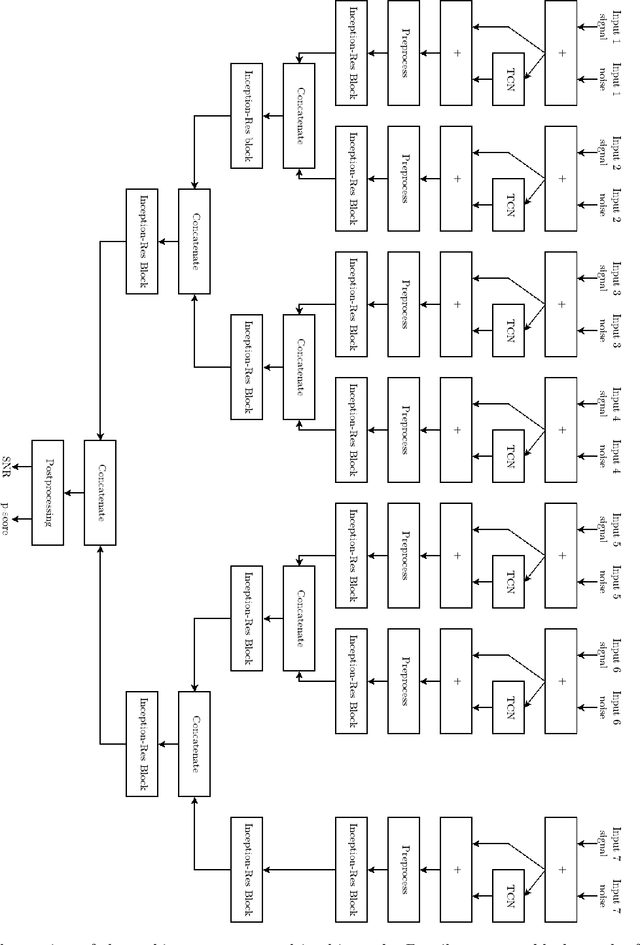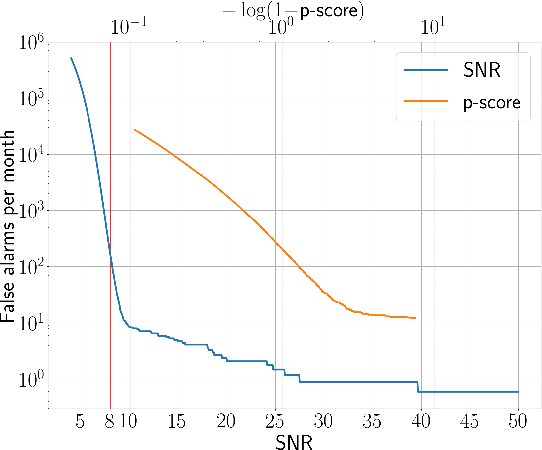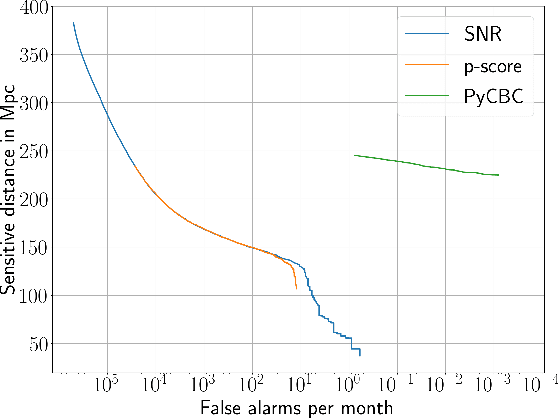Detection of gravitational-wave signals from binary neutron star mergers using machine learning
Paper and Code
Jun 02, 2020



As two neutron stars merge, they emit gravitational waves that can potentially be detected by earth bound detectors. Matched-filtering based algorithms have traditionally been used to extract quiet signals embedded in noise. We introduce a novel neural-network based machine learning algorithm that uses time series strain data from gravitational-wave detectors to detect signals from non-spinning binary neutron star mergers. For the Advanced LIGO design sensitivity, our network has an average sensitive distance of 130 Mpc at a false-alarm rate of 10 per month. Compared to other state-of-the-art machine learning algorithms, we find an improvement by a factor of 6 in sensitivity to signals with signal-to-noise ratio below 25. However, this approach is not yet competitive with traditional matched-filtering based methods. A conservative estimate indicates that our algorithm introduces on average 10.2 s of latency between signal arrival and generating an alert. We give an exact description of our testing procedure, which can not only be applied to machine learning based algorithms but all other search algorithms as well. We thereby improve the ability to compare machine learning and classical searches.
 Add to Chrome
Add to Chrome Add to Firefox
Add to Firefox Add to Edge
Add to Edge